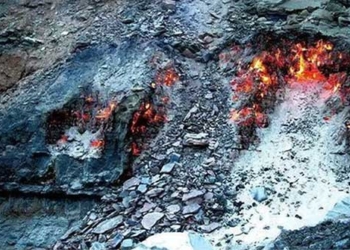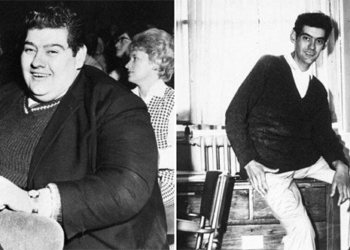Considered a rare type of travel document, these 3 special passports have fewer privileges than one might imagine.
A passport is a document that anyone wishing to travel abroad must possess. It is a necessary requirement for entering and exiting international airports and train stations. In every country, millions of passports are printed to meet the travel needs of its citizens.
A passport is known to serve as a means of identifying nationality and personal information, allowing us to enter various countries around the world. In addition to regular passports, there are 3 special passports that very few people know about, namely the passport of the Sovereign Military Order of Malta, often referred to as the Knights of Malta.
This is a Roman Catholic order, comprised of long-standing European knights. These individuals represent an image of nobility and chivalry. This is also why the aforementioned passport is often referred to by another name: Knight’s Passport.
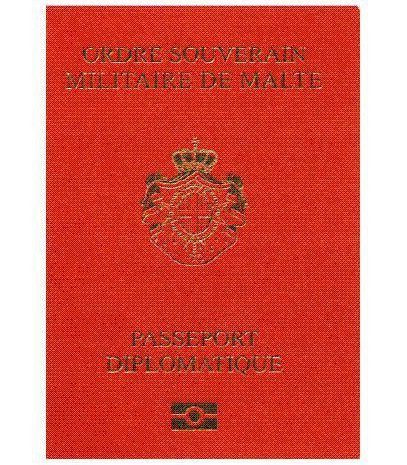
The red passport of the Knights of Malta is so rare that only 3 people in the world possess it.
This passport is issued to the High Council, the heads of state and diplomats along with their immediate family members. Additionally, it is granted to high-ranking individuals tasked with special missions.
It is known that only 3 of the highest-ranking members of the Sovereign Military Order of Malta are entitled to possess this special passport. The individuals selected to receive the prestigious passport of the Knights of Malta are The Grand Master, the Lieutenant Grand Master, and the Grand Chancellor.
According to historical records, the Sovereign Military Order was recognized by Pope Paschal II in 1113 and is one of the oldest organizations in Christianity. Besides the passport, the rights of the Knights of Malta are also expressed through license plates, stamps, and coins.
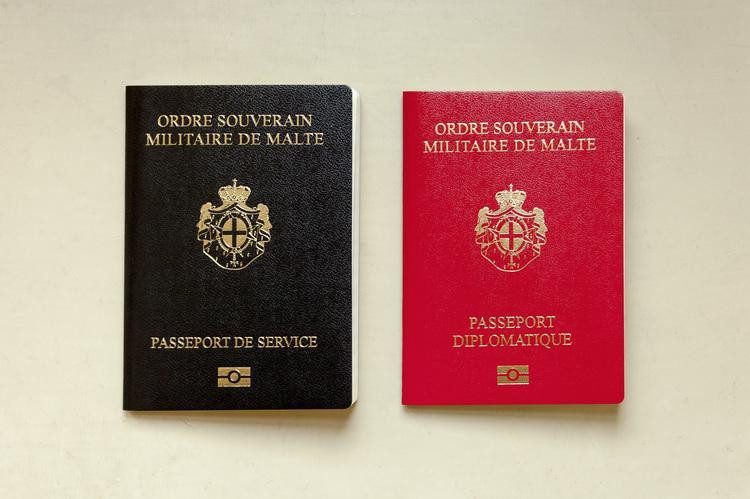
Two official passport models of the Knights of Malta.
Although there are only 3 of these passports in the world, the holders of these passports do not receive many privileges. In fact, many countries, including the United Kingdom, the United States, and New Zealand, do not allow individuals with this type of passport to enter under a tourist visa.
Currently, the order functions as a charitable organization, providing global medical aid and does not control any territories despite having diplomatic relations with over 100 countries. The Sovereign Military Order has over 13,500 knights, nuns, clergy, along with 80,000 volunteers and 25,000 medical staff.
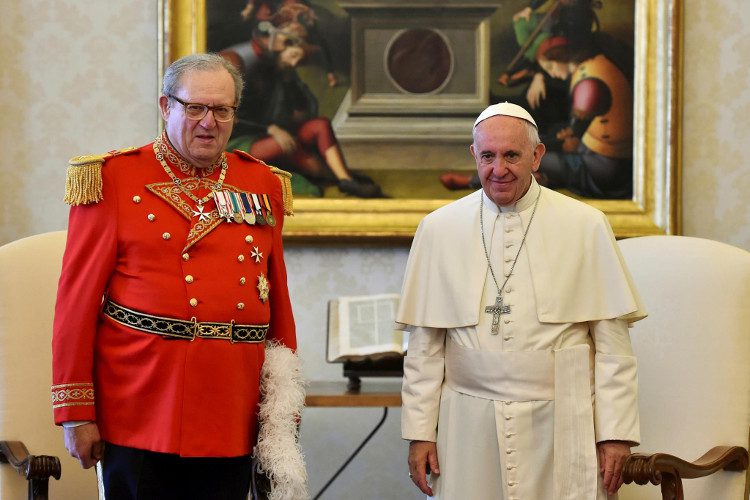
The three holders of the Knights of Malta passport include the Grand Master, the Lieutenant Grand Master, and the Grand Chancellor.
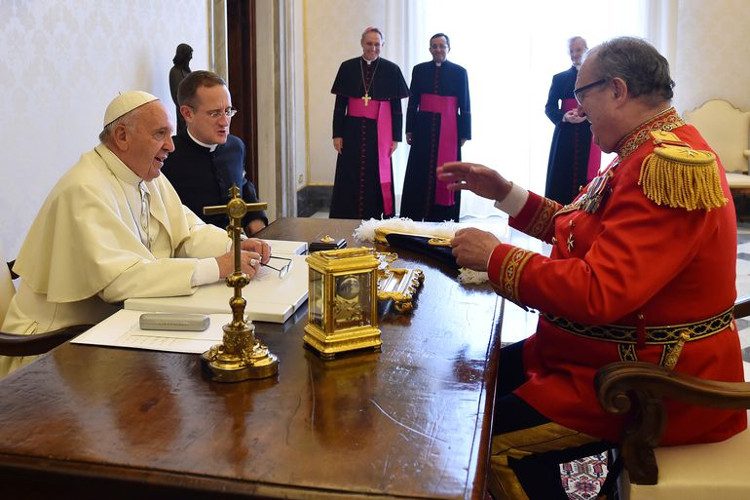
The former Grand Master of the Sovereign Military Order and a holder of a rare passport (right) meeting with Pope Francis in 2016.
The Rarest Passport in the World
The Knights of Malta originated in Jerusalem around 1099 and were granted the islands of Malta by the King of Spain in 1530. However, Napoleon Bonaparte forced the knights to leave Malta during the French invasion in 1798. Today, the Order has its headquarters in Rome, Italy.
Daniel de Petri Testaferrata, the President of the Order based in Malta, told CNN that only about 100 of the 13,500 knights, dames, and clergy currently live on the islands of Malta, while the rest are dispersed globally.
The first passport issued by the Knights of Malta was in the 1300s when their diplomats traveled to other states with documents certifying their ambassadorial roles.
Today, only about 500 diplomatic passports are in circulation, making the passport of the Sovereign Military Order of Malta the rarest passport in the world.
The dark red passport is reserved for members of the Sovereign Council and leaders of diplomatic missions along with their families.
It is adorned with gold lettering stating the organization’s name in French “Ordre Souverain Militaire de Malte” and a coat of arms.
The passport of the Grand Masters has the longest validity as they are elected for 10 years, can serve 2 terms, and must retire before the age of 85.
Other passports are valid for 4 years and can only be used for diplomatic missions.
A Rich History
The Knights of Malta inherited from the medieval Order of St. John of Jerusalem (the Knights Hospitaller), established to care for poor and sick pilgrims to the Holy Land.
The modern role of the Order primarily focuses on providing humanitarian assistance and fostering international humanitarian relations.
The Order has approximately 52,000 doctors, nurses, assistants, and medical staff supported by 95,000 volunteers in over 120 countries to aid children, the homeless, the disabled, the elderly, and terminally ill patients, and refugees, regardless of ethnicity or religion.
“We provide medical supplies and rapid humanitarian relief to victims of conflict or natural disasters. We operate hospitals, ambulance services, medical centers, homes for the elderly and disabled, kitchens, and first-aid stations,” de Petri Testaferrata said.
The Order has diplomatic relations with 104 countries, and official relations with 6 countries in the European Union.

Visitors can explore sites in Valletta, the capital of Malta. (Photo: Alamy).
Although it has no official territory, the Order maintains several locations as headquarters for tourists to visit. The first is Palazzo Malta (Rome, Italy), regarded as the “capital” of the Knights of Malta.
Additionally, visitors can also visit Villa Malta, also in Rome, a magnificent building atop a hill, which houses the Embassy of the Knights of Malta. Despite being located on Italian territory, both buildings hold diplomatic privileges, as Italy is one of the 107 countries recognizing the Knights of Malta.
Today, many tourists have visited Valletta, the capital of Malta. On the island, you can explore Fort St. Angelo, the majestic medieval fortress that once served as the headquarters of the Order and is the only remaining architectural structure on the island that is still partly owned by the Knights.
In Valletta, visitors can also visit the National Library of Malta, which houses the Pie Postulatio Voluntatis – the parchment that Pope Paschal II used in 1113 to grant sovereignty to the Order.








































